 Alumnus John Moores (2008) was named Science Advisor to the President of Canada. He is the York Research Chair in Space Exploration at York University and is the Director of Technologies for Exo-Planetary Science with Canada's Collaborative Research and Training Experience Program. Dr. Moores previously held positions as Associate Dean of Research and Graduate studies for the Lassonde School of Engineering at York University.
Alumnus John Moores (2008) was named Science Advisor to the President of Canada. He is the York Research Chair in Space Exploration at York University and is the Director of Technologies for Exo-Planetary Science with Canada's Collaborative Research and Training Experience Program. Dr. Moores previously held positions as Associate Dean of Research and Graduate studies for the Lassonde School of Engineering at York University.
Dr. Moores is a Participating Scientist on NASA's Mars Science Laboratory mission and contributed to the 2005 Cassini Huygens probe to Titan and to the Phoenix mission to Mars.


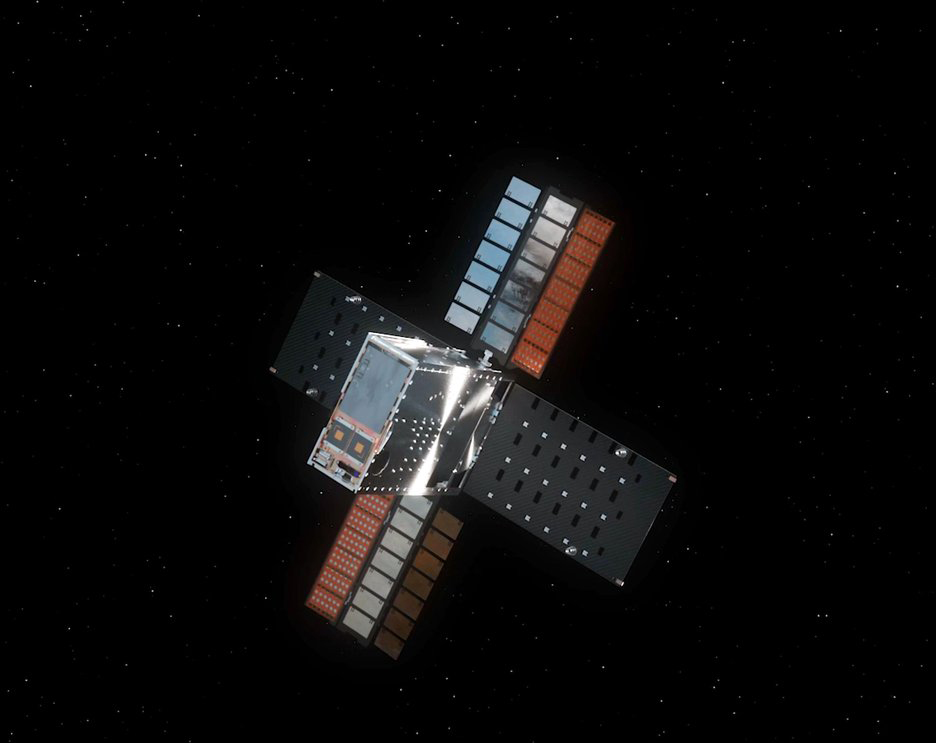 Congratulations to
Congratulations to  LPL alumnus
LPL alumnus 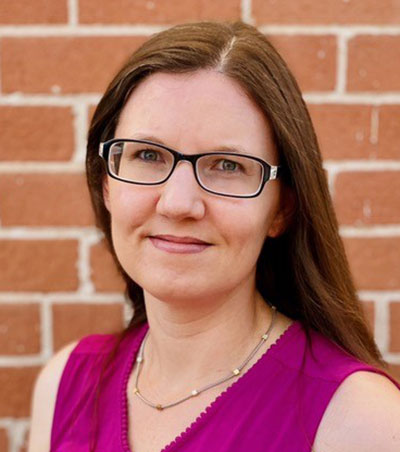 Dr. Kathryn (Kat) Volk, LPL Associate Staff Scientist, is the recipient of the
Dr. Kathryn (Kat) Volk, LPL Associate Staff Scientist, is the recipient of the 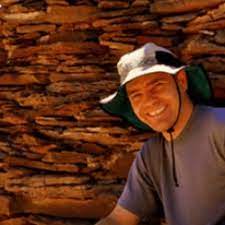 NASA has named LPL alumnus
NASA has named LPL alumnus 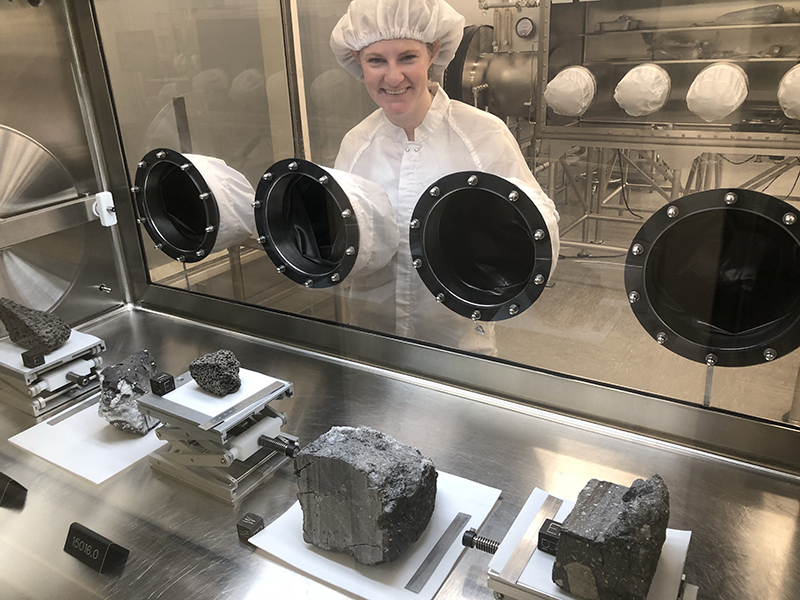
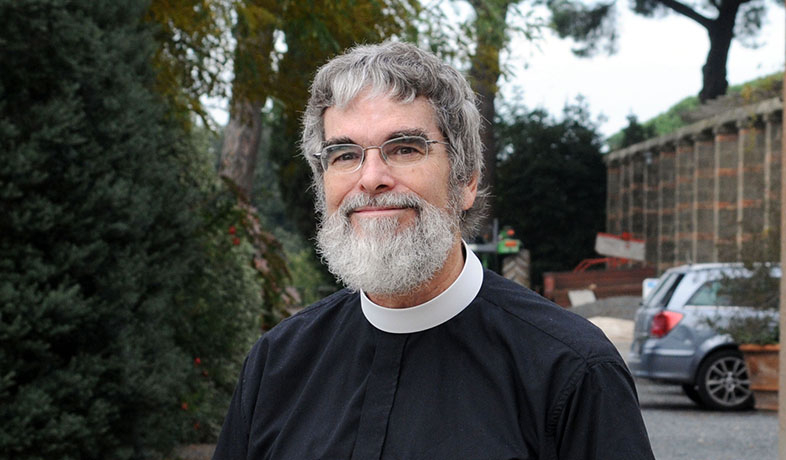 LPL alum (1978)
LPL alum (1978) 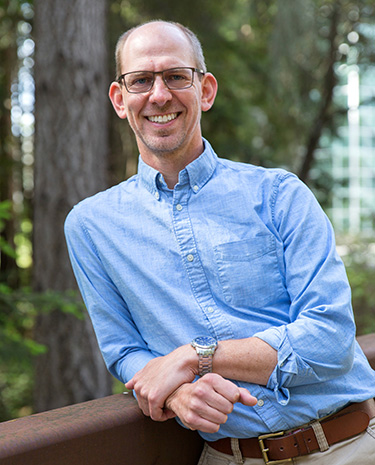 LPL alumnus
LPL alumnus 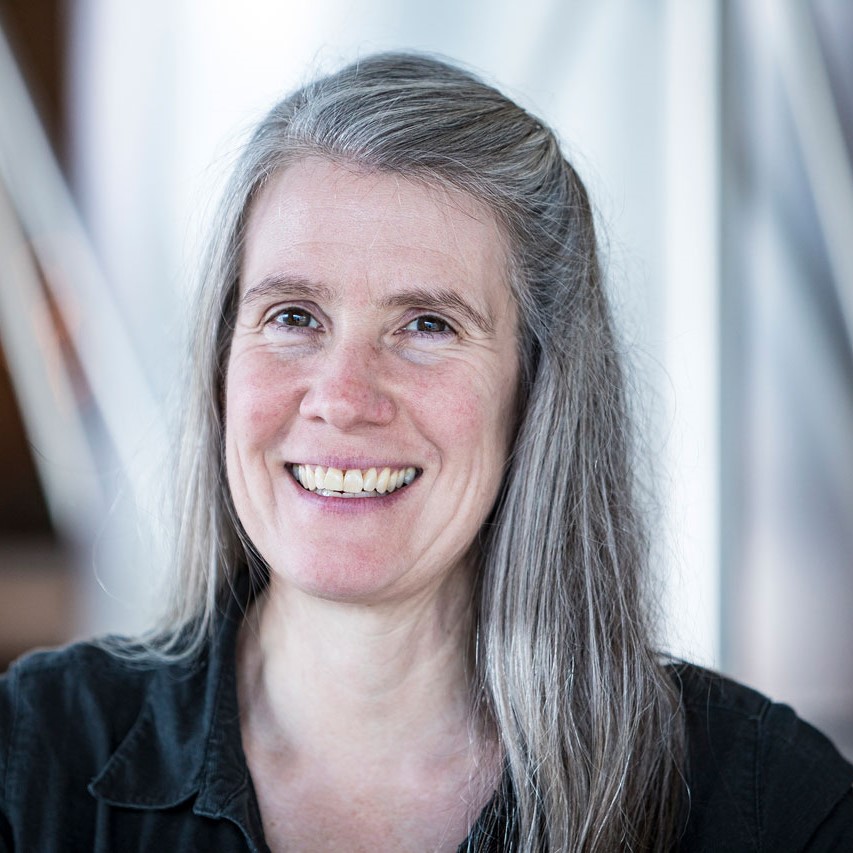 For her outstanding contributions to planetary science, LPL alumna
For her outstanding contributions to planetary science, LPL alumna